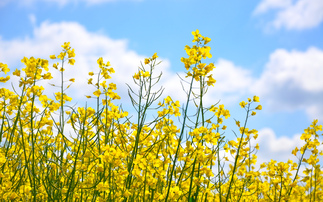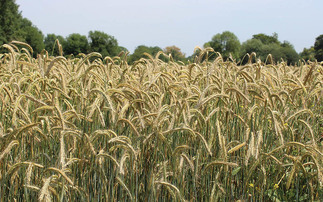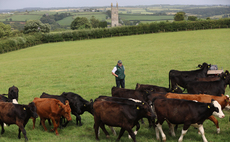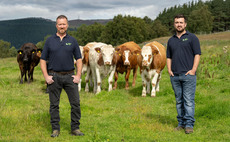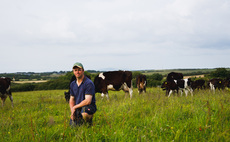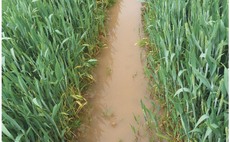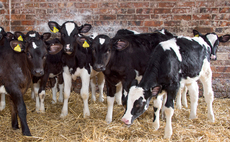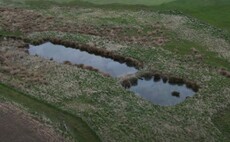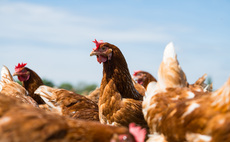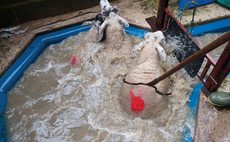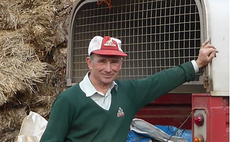
Speaking in the soils and carbon hub at the Future Farming Expo, independent adviser Niels Corfield had tips for improving the condition of wet grazing land.
He explained that waterlogged grazing is often a result of the management style and subsequent aggregation within soils.
In soils that are well-aggregated water can 'wrap' around the surface area and be soaked into individual aggregates.
"So, you have not only sorted out your water infiltration, but you have also sorted out your water retention," said Mr Corfield.
Aggregate formation can be encouraged in four main ways: management, mechanical, mineral, and biological.
Start with management
He advised growers to tackle waterlogged fields with management first, utilising rotational grazing and long rest periods for each field.
Once best practice management was in place, Mr Corfield advised looking at mechanical interventions, such as using implements like the Aerworx roller splitter.
"This can be used after grazing, it works fast and cheaply with low horsepower requirements," he said.
Mineral interventions such as gypsum applications can complement mechanical and management tactics.
Recent trials work showed soil infiltration rates on lighter soils increasing between 66 per cent and 100 per cent after a bulk application of gypsum.
Mr Corfield said: "But we are not limited to just using any one of these strategies alone; we can be using the mineral and the mechanical. And in this example, four years after application of a single mechanical treatment and gypsum, we are seeing 90 per cent and 130 per cent increases in infiltration rates."
Biological interventions should work from the top down to increase root growth, as where root growth goes, aggregation follows, said Mr Corfield.
"So, when in a rotational system and we are reseeding, we can plough and work a deep seedbed, as long as we can then fill it with roots. It is a no-brainer to be using diverse mixes for different rooting depths," he added.







